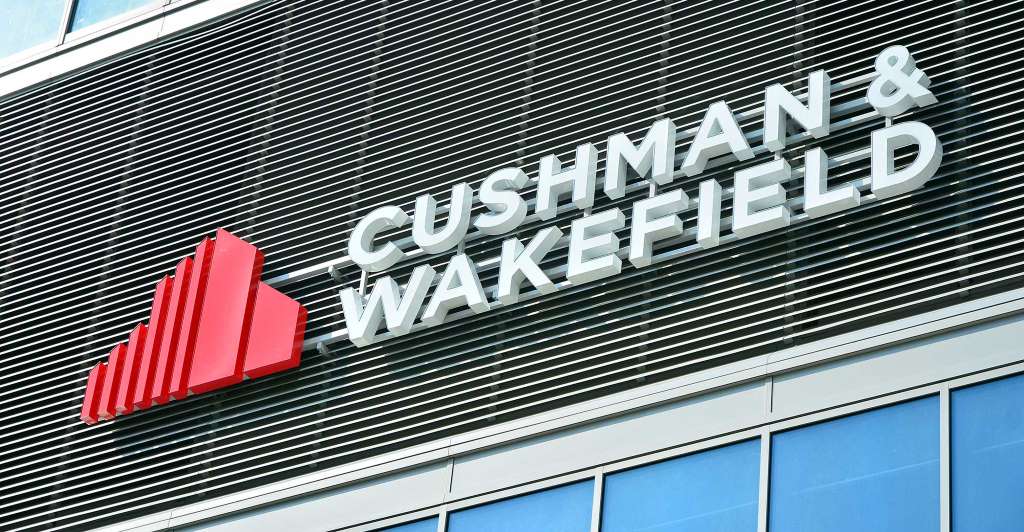
Cushman & Wakefield's (C&W) maiden ‘European Luxury Retail Report’ reveals a positive scenario of the industry, highlighting an increase in store openings and resilient consumer spending. However, a closer look the report reveals some potential shortcomings that could leave a more nuanced understanding of the market.
The report focuses on prime retail locations across 16 European cities. This narrow lens excludes the broader European luxury market, which encompasses smaller cities and online retail, a rapidly growing sector. Did luxury brands simply consolidate their presence in established strongholds, neglecting emerging markets? The report is silent on this.
Focus on openings, not overall health
The report boasts of an increase in new store openings on prime luxury streets. This might signal brand confidence, but it doesn't necessarily reflect the health of existing stores or the overall market. Questions emerge on: are these new flagships replacing closing locations elsewhere? Is there a trend of consolidation within the luxury sector? However, the report remains silent on these crucial aspects. The report highlights growth in fashion, footwear, and accessories, but doesn't explore potential brand homogenization. Are these prime locations becoming saturated with similar brands, diminishing the unique appeal of luxury retail?
The report claims luxury spending is nearing pre-pandemic levels, but it doesn't clarify if this is due to a genuine recovery or inflated prices. Are consumers truly spending more, or are they simply paying a premium due to factors like supply chain disruptions?
C&W highlights rising rents but neglects the potential impact on staff wages. Are luxury retailers keeping pace with rising rental costs by squeezing employee compensation? The report offers no clues.
Tourist dependence implicit
The report attributes some of the growth to returning tourists. While this is likely true, it doesn't account for potential future fluctuations in tourism. Geopolitical instability or economic downturns could significantly impact tourist spending, a factor the report doesn't fully address. Indeed, tourism undoubtedly plays a role, it's essential to understand the reliance on this factor. What about the domestic luxury consumer? Are European luxury brands successfully cultivating local clientele in an era of rising inflation and potential economic wobbles?
Silence on online retail's impact
The report seems to exist in a pre-e-commerce world. Luxury retail has a booming online presence. How are physical stores adapting to this omnichannel reality? Does the rise of online retail cannibalize sales in brick-and-mortar stores? The report offers no insights into this critical dynamic.
Also, the report celebrates brand expansion but remains silent on the environmental impact of this growth. Is the resurgence of luxury retail being pushed by sustainable practices, or is it business as usual? The report offers no insights.
While Cushman & Wakefield's report offers a glimpse into a seemingly resurgent European luxury retail market, it lacks a deeper analysis of potential vulnerabilities. A more critical approach that considers the impact of online retail, tourist dependence, and the overall health of existing stores would provide a more complete picture of this complex and ever-evolving market.












